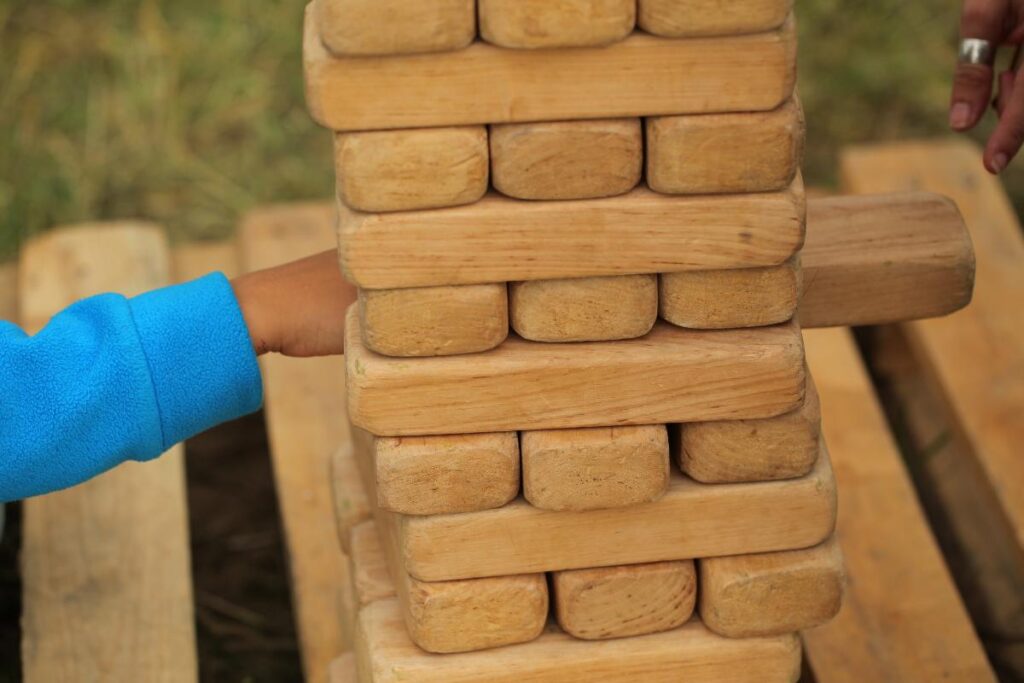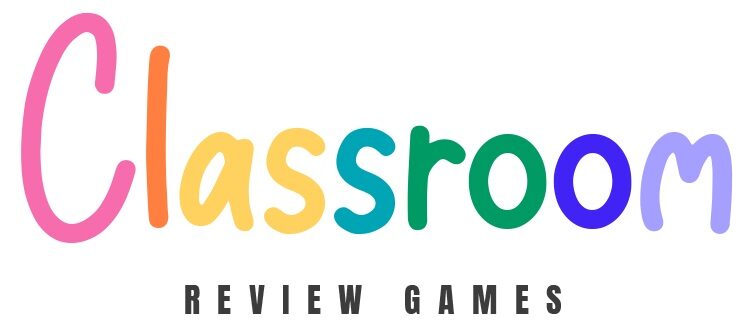11 Fun Classroom Management Games
Good classroom management is essential for creating an effective and enjoyable learning environment. It involves establishing clear rules and expectations that are consistently enforced, which helps students understand what behavior is acceptable. Effective classroom management also includes creating a positive and respectful atmosphere where every student feels valued and included. This can be achieved by using a variety of teaching methods to engage different learning styles, encouraging student participation, and addressing any disruptive behavior calmly and fairly.
Using games in the classroom can help a lot with managing the class. When students play educational games, they are having fun and are more interested in learning. This means they’re less likely to cause trouble or get bored. Games can also help students work together and respect each other, which creates a nicer and more cooperative class. Plus, when students are rewarded in these games for good behavior or doing well in their work, it encourages them to keep it up. So, games can make learning more enjoyable and keep the class running smoothly.
1. Silent Ball
Grade: Suitable for Grades 2-6.
Purpose: This game helps to maintain silence and improve focus among students.
How to Play: Students sit around the room or at their desks. They gently throw a softball at each other. Whoever talks or fails to catch the ball has to sit down. The last student standing is the winner.
Preparation: The teacher needs a soft, lightweight ball.
2. Scoreboard
Grade: Effective for all grades.
Purpose: Encourages positive behavior by visually tracking classroom behavior.
How to Play: A scoreboard is used to give points (‘smileys’) for positive behaviors and take away points (‘frownies’) for negative behaviors. The goal is to keep the positive points higher than the negative. The class works together to achieve a collective reward when positive points outweigh negative ones.
Preparation: Prepare a visible scoreboard in the classroom and establish clear criteria for earning ‘smileys’ and ‘frownies’. Plan for small, scalable rewards.
3. Traffic Lights
Grade: Effective for Grades 1-5.
Purpose: To control the noise level in the classroom.
How to Play: Create three colored signs: red, yellow, and green. Red means the class is too noisy and everyone must be silent, yellow is a warning to lower the noise, and green indicates an acceptable noise level.
Preparation: Prepare red, yellow, and green signs or cards.
4. Four Corners
Grade: Great for Grades 1-6.
Purpose: To encourage decision-making and physical movement.
How to Play: Label each corner of the room with a number (1-4). A student or the teacher calls out a number while their eyes are closed. Students move to one of the corners. Those in the called corner are out or have a different task.
Preparation: Label four corners of the classroom with numbers.
5. Hot Seat
Grade: Suitable for Grades 4-8.
Purpose: To enhance vocabulary and thinking skills.
How to Play: One student sits facing the class, not seeing the board. A word is written behind them. The class gives clues, and the student in the hot seat guesses the word.
Preparation: You’ll need a board to write words on and a chair for the ‘hot seat’.
6. Classroom Jeopardy
Grade: Ideal for Grades 3-8.
Purpose: To review lesson content in a fun, competitive way.
How to Play: Similar to the TV show, create categories and questions related to your subjects. Students or teams choose a category and a point value, answering questions to earn points.
Preparation: Prepare a Jeopardy board on this template with categories, questions, and a scoring system.
7. Classroom Bingo
Grade: Suitable for all grades.
Purpose: Reinforces positive behaviors and adherence to class rules.
How to Play: Whenever students exhibit a desired behavior or follow a specific rule, they get to mark off a spot on their Bingo board. Achieving Bingo results in a class reward.
Preparation: Create or download a Bingo board template, decide on behaviors or rules to focus on, and prepare a reward system.
8. Jenga

Grade: Effective for Grades 2-8.
Purpose: Visualizes the importance of following rules and procedures.
How to Play: Set up a Jenga tower. When a student corrects a behavior or follows a rule, they remove a block from the tower. The game continues with blocks being removed until the tower falls, symbolizing the breakdown of classroom order.
Preparation: A Jenga set and a list of behaviors or rules for students to follow.
9. Supply Hospital and Supply Graveyard
Grade: Best for Grades K-6, especially in art classes.
Purpose: Encourages proper care and cleaning of classroom materials.
How to Play: ‘Supply Hospital’ is for items that are left dirty or not put away properly. Students ‘treat’ these items by cleaning or organizing them. ‘Supply Graveyard’ is for items beyond repair, and students see the consequences of not taking care of materials.
Preparation: Designate areas for the ‘Supply Hospital’ and ‘Supply Graveyard’, and prepare a system for students to ‘treat’ or acknowledge the ‘graveyard’ items.
10. Trash Toss
Grade: Suitable for all grades.
Purpose: Makes cleanup fun and engaging.
How to Play: Students aim to throw trash or recyclable materials into bins from a distance. It turns cleanup into a game and encourages students to keep the classroom tidy.
Preparation: Set up bins around the classroom and establish rules for the trash toss game.
11. Fix It Relay Race
Grade: Ideal for Grades 3-8.
Purpose: Enhances teamwork and knowledge application.
How to Play: Teams correct errors in sentences or solve problems relay-style. Each student in a team corrects one mistake before passing it to the next teammate. The first team to correctly revise their sentence or solve the problem wins.
Preparation: Prepare sentences or problems with intentional errors and organize the class into teams.
Tips to Make Classroom Management Fun
Keep it simple and fun! Think of classroom management like a game – it’s something you get better at all year round. It’s kind of like gardening; sometimes it’s sunny, sometimes it rains, but you’re always tending to it.
Imagine the start of the school year as the perfect time to break out some cool games. You know how it feels when you’re trying to remember a million new things, and it all gets a bit too much? That’s how students feel, too. Games at this time are like a welcome break.
They’re not just for fun; they help everyone get to know each other and work together. It’s like turning the classroom into a mini playground where everyone learns how to play nice and solve problems together. And let’s be honest, when learning feels like playing, it’s way more fun for everyone!

